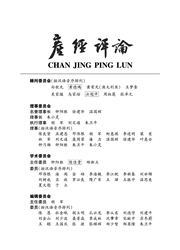

 中文摘要:
中文摘要:
基于CHNS数据库2004年和2009年的数据,利用QUAIDS模型估计了食品价格上涨对我国各地区、不同阶层城镇居民社会福利的影响,研究发现:(1)食品价格上涨对城镇居民的社会福利造成了严重的负向冲击;(2)低收入者不但受食品价格冲击导致的社会福利损失更大,而且也更难以通过替代效应来进行缓冲;(3)不同省份的家庭受到的冲击有较大差别。经济较发达的省区和农业大省的城镇居民,受食品价格上涨的冲击较小;(4)中西部省区的低收入阶层,很可能是食品价格上涨中受冲击最大的群体,也是最需要救助的群体。这些结论说明,食品价格上涨对不同群体社会福利的影响具有异质性。
 英文摘要:
英文摘要:
Based on CHNS data of 2004 and 2009, this paper estimated the impact of food price inflation on social welfare in urban China using the quadratic almost ideal demand system (QUAIDS) model. Compared with existing literatures, the method in our paper is more accurate. The results show that the food price infla- tion has a negative impact on urban residents. Meanwhile, the low - income households, who have limited ac- cess to other kinds of food for substitution, are influenced more adversely than high - income ranks. What's more, there is great difference of welfare loss between provinces. The low- income households in middle and western China are the most adversely influenced in China. The households in developed and big agricultural provinces are less affected by food price change. These findings imply that the impact of food price inflation is heterogeneous to different classes and provinces.
 同期刊论文项目
同期刊论文项目
 同项目期刊论文
同项目期刊论文
 期刊信息
期刊信息
